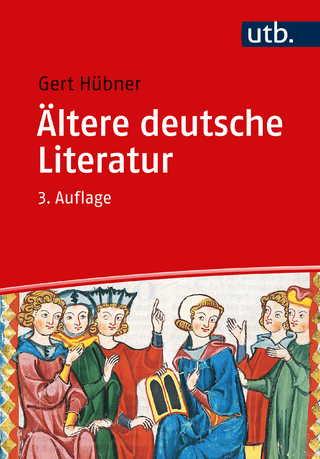
The Fortress Kingdom
The Wars of Aethelflaed and Edward the Elder, 899-927
2022
Pen & Sword Military (Verlag)
978-1-3990-1061-0 (ISBN)
Pen & Sword Military (Verlag)
978-1-3990-1061-0 (ISBN)
Military and political history of the conflict between the Anglo-Saxons and Danes.
In this the second part of his four-volume military and political history of the Anglo-Saxon kingdom, Paul Hill follows the careers of thelfl d, Alfred the Great's eldest daughter, and Edward the Elder, Alfred's eldest son, as they campaigned to expand their rule after Alfred's death. They faced, as Alfred had done, the full force of Danish hostility during the early years of the tenth century, a period of unrelenting turbulence and open warfare. But through their military strength, in particular their strategy of fortress building, they retained their hold on the kingdom and conquered lands which had been under Danish lords for generations.
thelfl d's forces captured Derby and Leicester by both force and diplomacy. Edward's power was always immense. How each of them used forts (burhs) to hold territory, is explored. Fortifications across central England became key. These included Bridgnorth, Tamworth, Stafford, Warwick, Chirbury and Runcorn ( thelfl d) and also Hertford, Witham, Buckingham, Bedford and Maldon (Edward), to name a few.
Paul Hill's absorbing narrative incorporates the latest theories and evidence for the military organization and capabilities of the Anglo-Saxons and their Danish adversaries. His book gives the reader a detailed and dramatic insight into a very sophisticated Anglo-Saxon kingdom.
In this the second part of his four-volume military and political history of the Anglo-Saxon kingdom, Paul Hill follows the careers of thelfl d, Alfred the Great's eldest daughter, and Edward the Elder, Alfred's eldest son, as they campaigned to expand their rule after Alfred's death. They faced, as Alfred had done, the full force of Danish hostility during the early years of the tenth century, a period of unrelenting turbulence and open warfare. But through their military strength, in particular their strategy of fortress building, they retained their hold on the kingdom and conquered lands which had been under Danish lords for generations.
thelfl d's forces captured Derby and Leicester by both force and diplomacy. Edward's power was always immense. How each of them used forts (burhs) to hold territory, is explored. Fortifications across central England became key. These included Bridgnorth, Tamworth, Stafford, Warwick, Chirbury and Runcorn ( thelfl d) and also Hertford, Witham, Buckingham, Bedford and Maldon (Edward), to name a few.
Paul Hill's absorbing narrative incorporates the latest theories and evidence for the military organization and capabilities of the Anglo-Saxons and their Danish adversaries. His book gives the reader a detailed and dramatic insight into a very sophisticated Anglo-Saxon kingdom.
Paul Hill is well known as a lecturer, author and expert on medieval warfare and military archaeology, and he has written several books on these subjects, among them The Age of Athelstan: Britain's Forgotten History, The Viking Wars of Alfred the Great, The Anglo-Saxons at War 800-1066, The Norman Commanders: Masters of Warfare 911-1135, The Knights Templar at War 1120 -1312 and The Kingdom of the Anglo-Saxons: The Wars of King Alfred 865-899.
| Erscheinungsdatum | 02.11.2022 |
|---|---|
| Zusatzinfo | 30 colour & 90 black and white illustrations |
| Verlagsort | South Yorkshire |
| Sprache | englisch |
| Maße | 156 x 234 mm |
| Themenwelt | Geschichte ► Allgemeine Geschichte ► Mittelalter |
| Geschichte ► Teilgebiete der Geschichte ► Militärgeschichte | |
| ISBN-10 | 1-3990-1061-1 / 1399010611 |
| ISBN-13 | 978-1-3990-1061-0 / 9781399010610 |
| Zustand | Neuware |
| Haben Sie eine Frage zum Produkt? |
Mehr entdecken
aus dem Bereich
aus dem Bereich
eine neue Geschichte des Mittelalters
Buch | Hardcover (2023)
C.H.Beck (Verlag)
38,00 €


